Rules are made to be broken
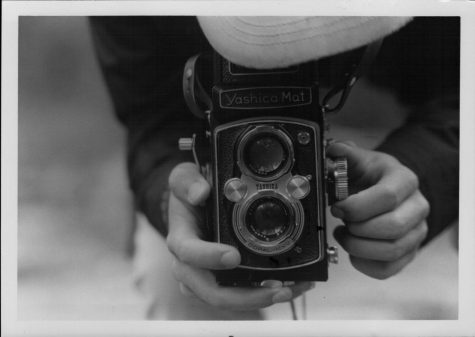 “Composition,” they’ll tell you. “Leading lines, rule of thirds, texture, shape.” For the most part, they are right. For the most part.
“Composition,” they’ll tell you. “Leading lines, rule of thirds, texture, shape.” For the most part, they are right. For the most part.
While all these things are utilized to craft a photo, they are not inherently necessary. A good photo is a good photo regardless of form and composition; sometimes a deliberately framed shot will be subservient to a spontaneous one.
This photo, taken on the 2013 DHS Marching Band Nationals trip, is the epitome of spontaneity. Walking down the cold and crowded New York City streets from the 9/11 Memorial & Museum to the John’s of Time Square pizzeria, I paused for but a brief moment, leveled my camera, took the shot, and then kept on walking. The whole affair took no more than five seconds.
Not even a modicum of thought was put into the shot I took; I didn’t even take a light reading and opted to adjust my camera’s settings based off my (at the time) insufficient intuition.
And yet, among all of the photos I had taken that weekend, this one was the best. In but a fleeting moment I managed to capture a tumultuous city scene.
The photo possesses enough subject matter for the eyes to feast on for quite some time: the ‘50s era theater sign that glows, spelling out “MichelleWilliams – Blackbird,” the blurred head of a hasty passerby that slides along the bottom fringe, the variance in architecture that allows for a certain cultural contrast, and the tree that splits up the foreground and canopies the scene in unfocused leaves.
A trifle bit overexposed, the photo could benefit from some post-editing in the darkroom.
Despite disobeying most of the generic composition rules, it is still a well crafted photo. It manages to capture the feel of the city, and the chaotic subject matter in and of itself is what gives the photo its appeal.

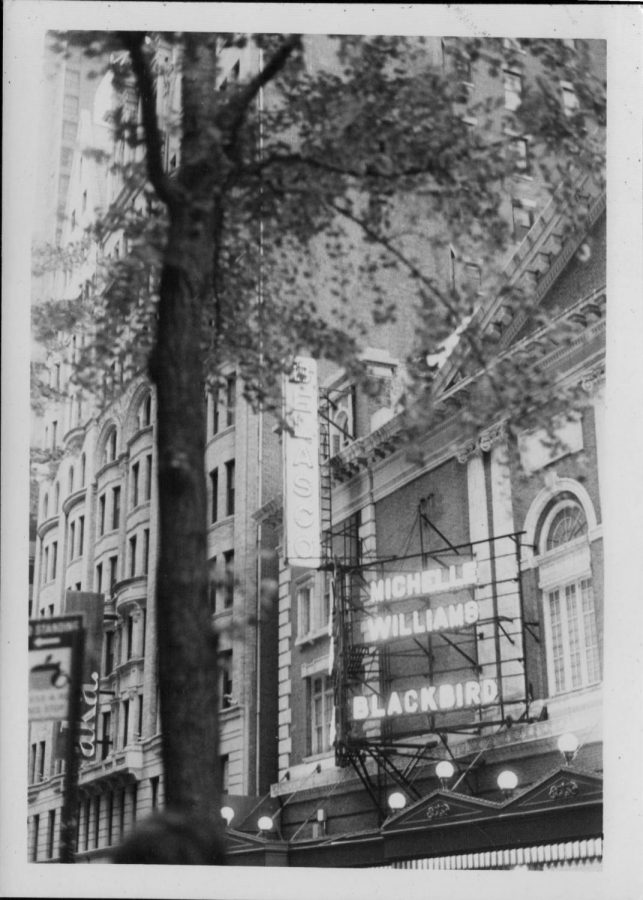


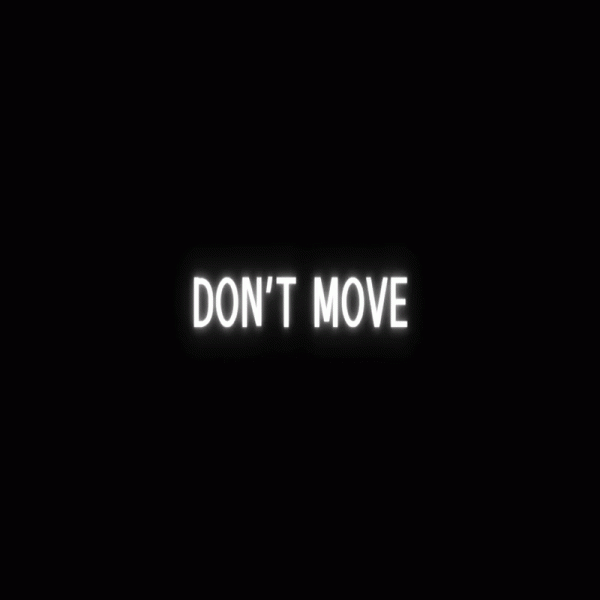
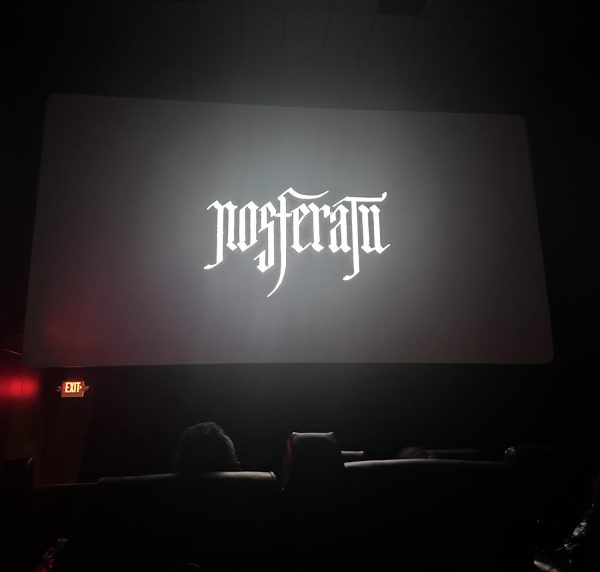
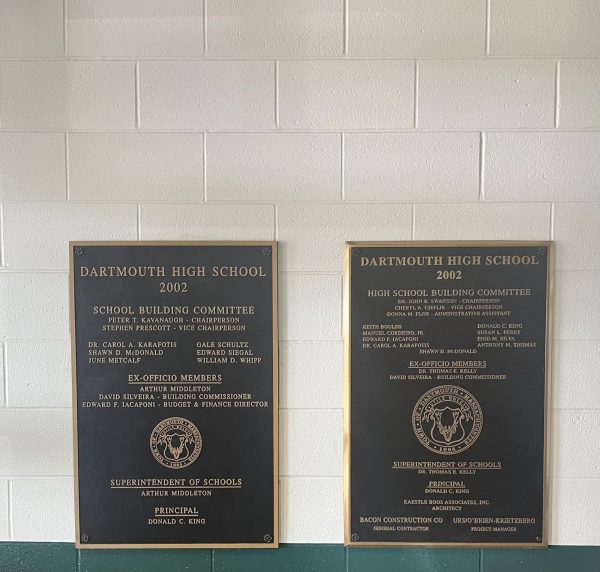
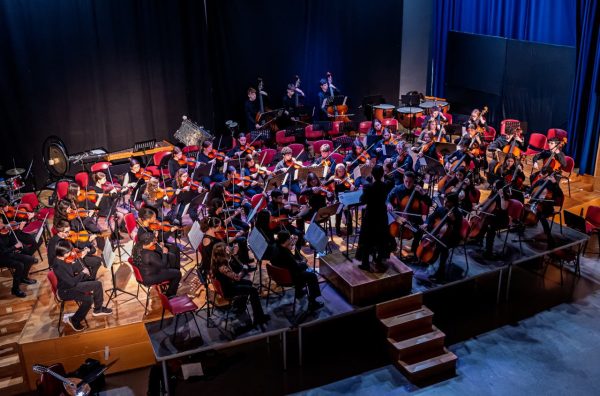




Nicole Sheahan • Jan 23, 2018 at 8:41 pm
Getting to this late, but… It seems that photography is similar to writing in this whole idea of composition. Especially with strong writers, I ask students to let me know when they’re making stylistic decisions by breaking the rules. Sometimes a desired stylistic effect is best achieved through rule-breaking. However, knowing the rules–and understanding their purpose–allows us to make thoughtful decisions. Though you didn’t make any deep, stylistic choice when taking this picture, you provide an analysis that shows you understand the relevant principles and that you have reasons why the picture succeeds even while not wholly following said principles. I call that a Win.